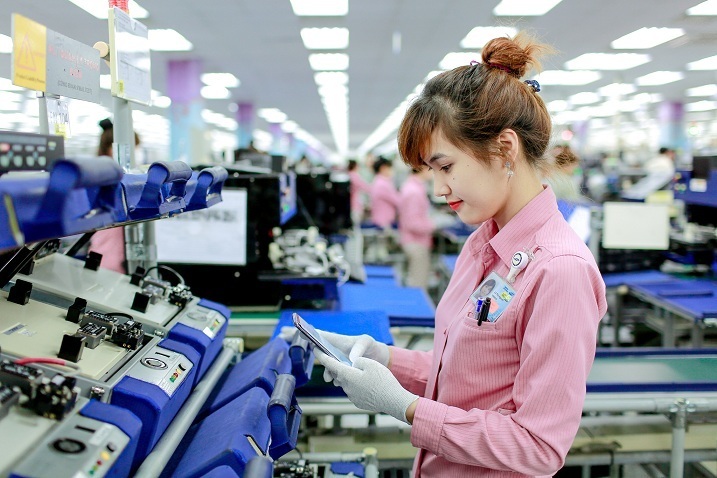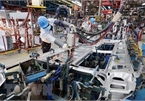
The news in late 2020 that Foxconn, a vendor of Apple, would be relocating a part of its iPad and MacBook production line to Vietnam has created excitement.
Previously, Apple decided to make wireless headphones in Vietnam. Other Apple vendors such as Luxshare and Pegatron have also released plans to scale up investment in Vietnam with thbillions of dollars.
Unlike Samsung, Apple doesn’t directly run manufacturing plants. Instead, it cooperates with vendors all over the world to produce and assemble Apple products. The vendors are OEM (original equipment manufacturers). The vendors’ decision to increase investment in Vietnam is based on Apple’s demand.
Before the investment shift, Apple’s senior managers had many working sessions and surveys in Vietnam on the manufacturing and assembling of its products.
Like other big investors, the first requirement Apple set for Vietnam agencies related to administrative procedures, including customs procedures and import quality examinations.
According to Apple, to fulfill the procedures for more than 10 consignments of goods within the day, the supply chain has to prepare more than 2,000 pages of documents and spend 15-20 hours a day to prepare dossiers to apply for product quality examination and other necessary documents.
Besides Apple, many other big investors are also planning to choose Vietnam as their new destination. A lot of negotiations are being conducted and Vietnam may receive multi-billion dollars worth of investment.
In January, Vietnam welcomed a series of big projects, including the Singaporean invested Kodi New Material Vietnam factory, capitalized at $270 million. Receiving the investment registration certificate on January 15, the factory will make tablets and laptops in Bac Giang province.
The provincial authorities have also granted an investment registration certificate to the Chinese invested JA Solar PV Vietnam, capitalized at $210 million.
Meanwhile, Da Nang has welcomed the United States Enterprises project on making semiconductor materials with capital of $110 million.
According to Nguyen Van Toan, deputy chair of the Vietnam Association of Foriegn Invested Enterprises (VAFIEs), the US and Japan are encouraging their enterprises to relocate production bases to home countries or third countries to cope with the upheavals in the global economy.
Toan said other countries, including India and Indonesia, are competing with Vietnam by offering clean land at reasonable costs.
“When investors consider destinations, they weigh matters such as investment environment, transport infrastructure, labor force, electricity supply, import/export and local materials,” Toan said.
Quality of capital
Vietnam in the last decade has witnessed dramatic changes in attracting high-quality FDI capital. Foreign invested projects registered recently are mostly in hi-tech fields, especially Samsung and LG electronics manufacturing projects in Bac Ninh, Thai Nguyen and Hai Phong.
Vietnam has made its mark on the world’s technology map with made-in-Vietnam products, becoming a big electronics production base in the world.
However, Vietnam can only undertake assembling, the production link that brings the lowest added value in the global supply chain. Vietnamese enterprises still have to struggle to squeeze into global supply chains to become vendors of large manufacturers. The manufacturers, when coming to Vietnam, usually bring satellite enterprises, and do not use local vendors.
Experts said that Vietnam needs to change the situation when receiving the new FDI wave, or it will be only a temporary destination for big investors
and will lack power for sustainable development.
Dang Duc Anh, deputy director of NCIF (the National Center for Socio-Economic Information and Forecast), said in order to attract big investors and join high added value chains, Vietnam needs to settle the bottlenecks in workforce quality and infrastructure.
When investors want to renovate supply chains, they will look at the fundamentals of a country to build the chains. If Vietnam’s fundamentals cannot meet the requirements, it will not be able to attract investment in modern industries with high added value.
Luong Bang

Digital economy predicted to reach $43 billion by 2025
Vietnam’s digital economy is expected to reach $43 billion by 2025, according to the e-Conomy Southeast Asia report from Google, Temasek and new partner Bain & Company.

Opportunities forecast for Vietnam’s economy in 2021: experts
Apart from challenges, many opportunities will be offered to the Vietnamese economy in 2021, experts have said.